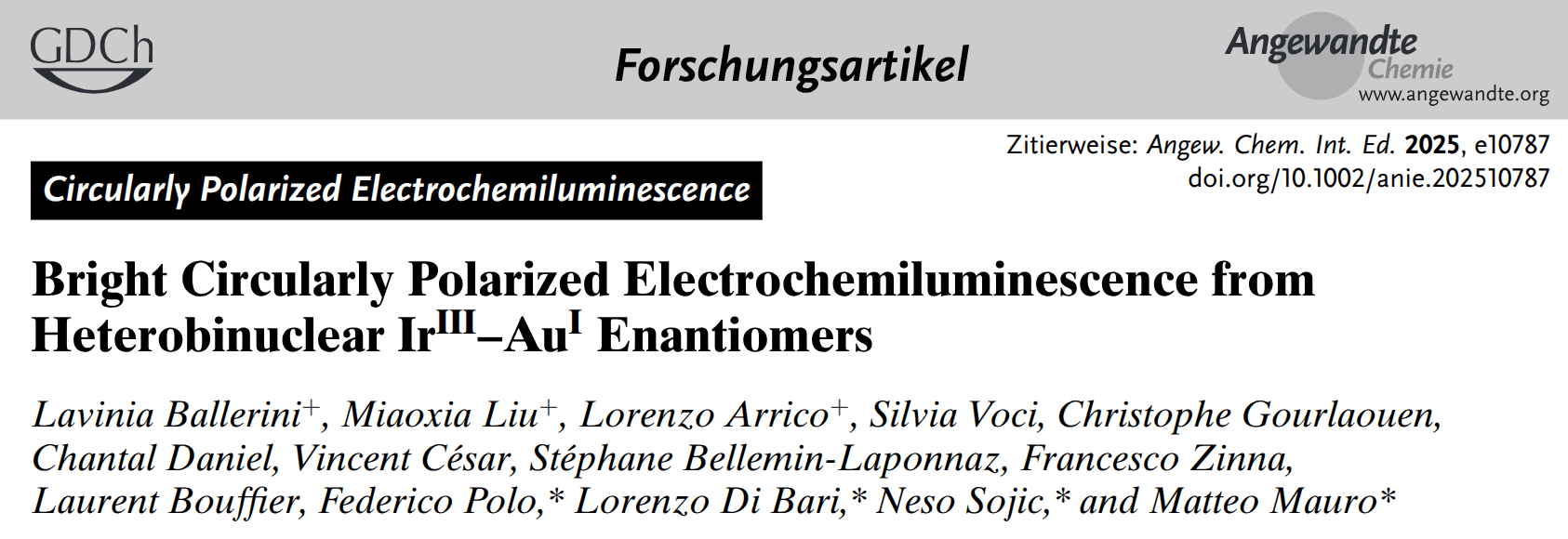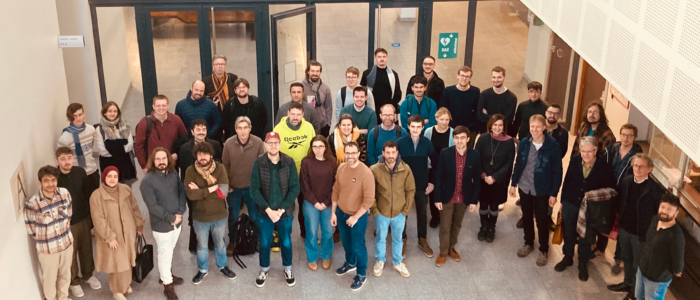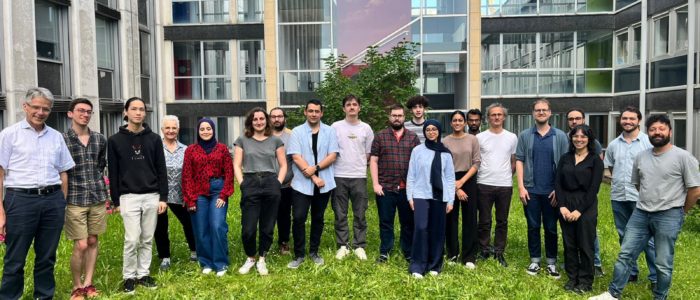Chantal Daniel and coworkers published a new paper, “Bright Circularly Polarized Electrochemiluminescence from Heterobinuclear IrIII–AuI Enantiomers” in Angewandte Chemie : https://doi.org/10.1002/anie.202510787

The development of efficient circularly polarized electrochemiluminescence (CP-ECL) probes is still at its infancy and examples are still very limited. Yet, their achievement would enable gathering a readout that carries privileged information on the probe’s chiral environment by monitoring luminescence polarization bias with high signal-to-noise ratio. Notwithstanding, this is a highly challenging task and requires judicious chemical engineering of chiral ECL-active emitters. Herein, we aim at expanding the palette of CP-ECL luminophores by presenting a novel class of enantiopure heterobinuclear Ir(III)–Au(I) complexes, which are investigated thoroughly by means of chemical, structural, and (chiro-)optical techniques. The ground and excited state properties are also elucidated by using density functional theory (DFT) approaches including spin-orbital coupling (SOC) perturbation. The chiral-at-metal complexes display luminescence with a polarization bias of the emitted light that is function of the helical arrangement of the coordination sphere around the Ir(III) center. Overall, the photo- and electro-active complexes unraveled in this work combine unparallelly high photoluminescence quantum yield in the orange region, excellent circularly polarized luminescence (CPL) brightness up to 4.5 M−1 cm−1 with a notable ECL activity. Finally, these features provide emitters with CP-ECL efficiency that encompass remarkably by a factor 3.5 that of the well-known benchmark tris-(2,2′-bipyridyl)ruthenium(II).












